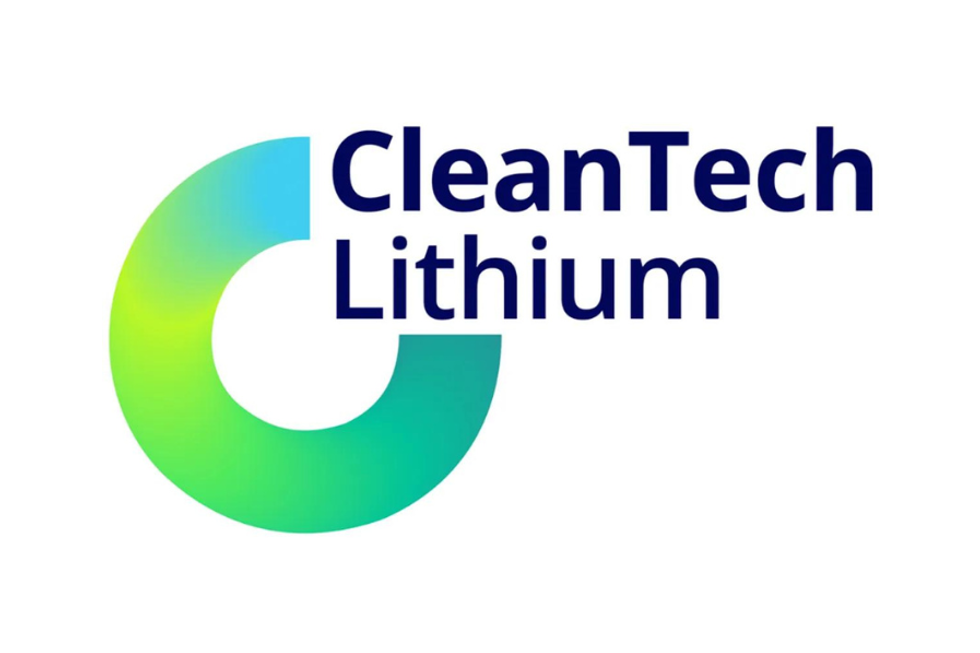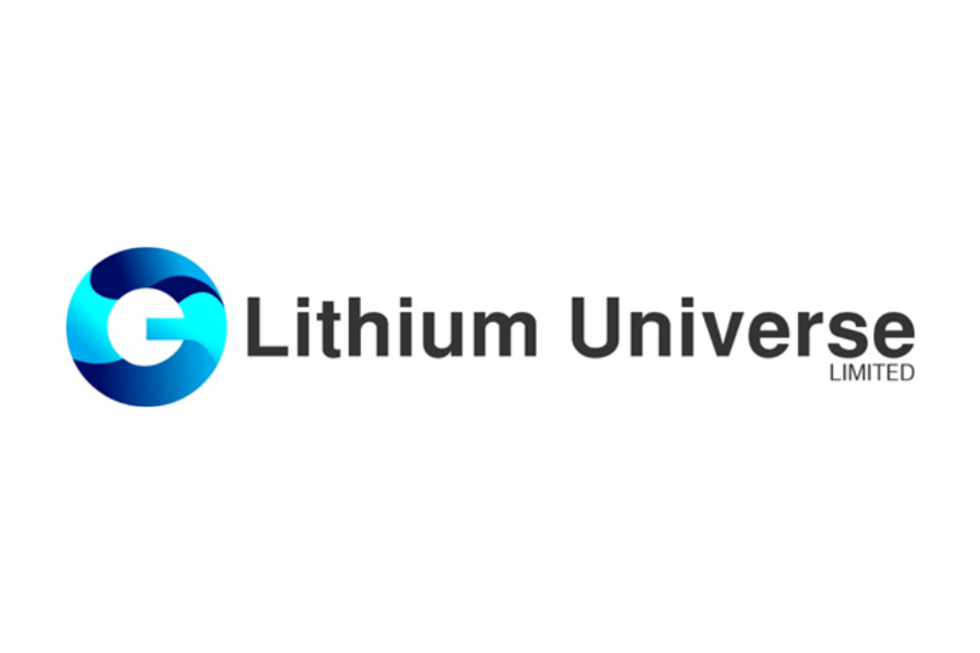What Can Wyoming Do with Potentially 720 Years of Lithium Supply?
Researchers from the University of Wyoming Carbon Management Institute have stumbled upon what they believe is a “vast, new lithium resource.” Preliminary reports show that the deposit hosts 228,000 tons of lithium, enough to meet all US demand.
According to the USGS, the “only commercially active lithium mine in the United States was a brine operation in Nevada,” until a new lithium hydroxide mine opened in North Carolina in 2012. However, the US is still heavily reliant on imports of lithium to meet demand. In 2012, the US imported over 70 percent of its apparent consumption, primarily from Argentina.
The CMI’s discovery could mean the difference between the US being a primary importer of lithium and being a significant producer of the material.
The find in Wyoming is impressive. As a point of reference, lithium reserves at Rockwood Holdings’ (NYSE:ROC) Silver Peak in Nevada have an estimated total of 118,000 tons of lithium in a 20-square mile area; Rockwood is one of the world’s leading producers of lithium hydroxide. “In a best-case scenario, the 2,000-square-mile Rock Springs Uplift could harbor up to 18 million tons of lithium, equivalent to about 720 years of current global lithium production,” according to the CMI.
In an article in the Missoulian, Bruce Hinchey, executive director of the Wyoming Petroleum Association, commented that a “find like [Rock Springs Uplift] can start a whole new industry in the state.”
On top of being a sizeable lithium brine deposit, it seems that the Rock Springs Uplift may also be quite cost effective. Further, a recent article by OilPrice.com notes that the deposit has three other positive factors in its corner. The first advantage is its proximity to the largest industrial soda ash supplies — a necessary component for production from lithium brines. Secondly, the deposit contains significantly less magnesium than most other lithium brines, which removes a significant amount of the cost. And finally, because the Rock Springs Uplift deposit sits so far underground, it has the added benefit of making extraction that much easier.
Now all that remains is to see if there are any takers for developing the deposit.
Securities Disclosure: I, Vivien Diniz, hold no direct investment interest in any company mentioned in this article.






